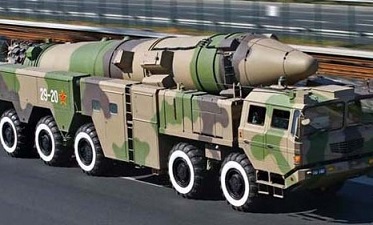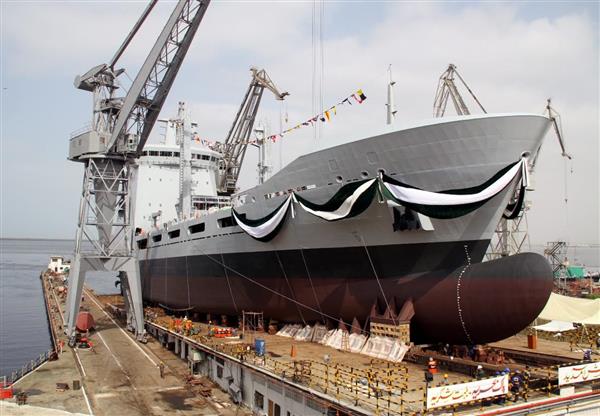
The DF-21D missile of China.
BEIJING (PTI): China will develop its next-generation cruise missiles using artificial intelligence (AI) technology that will allow the weapons to be tailor-made for specific combat situations, a senior missile designer said.
"We plan to adopt a 'plug and play' approach in the development of new cruise missiles, which will enable our military commanders to tailor-make missiles in accordance with combat conditions and their specific requirements," Wang Changqing, director of the General Design Department of the Third Academy of the China Aerospace Science and Industry Corporation, said.
"Moreover, our future cruise missiles will have a very high level of AI and automation," Wang was quoted as saying by the state-run China Daily.
"They will allow commanders to control them in a real-time manner, or to use a fire-and-forget mode, or even to add more tasks to in-flight missiles," he said.
The future combat will require weapons to be cost-efficient and flexible. Therefore, the modular design will be a good solution, he said.
China last year for the first time displayed its Dongfeng-21D missile, the anti-ship ballistic missile described as the "carrier killer" which caused concern among US defence officials as it could blow up aircraft carriers from a distance of about 1,500 km to 1,700 kms.
Dongfeng-21D along with long and short range missiles were displayed at the country's biggest military parade last year held to mark 70th anniversary of victory against Japan in WW-II.
Wang Ya'nan, editor-in-chief of Aerospace Knowledge magazine, said a modular missile will be capable of changing its destructive capacity, flight mode and range, and so is suitable for striking targets on the ground or at sea.
 Previous Article
Previous Article Next Article
Next Article













The Indian Air Force, in its flight trials evaluation report submitted before the Defence Ministry l..
view articleAn insight into the Medium Multi-Role Combat Aircraft competition...
view articleSky enthusiasts can now spot the International Space Station (ISS) commanded by Indian-American astr..
view article